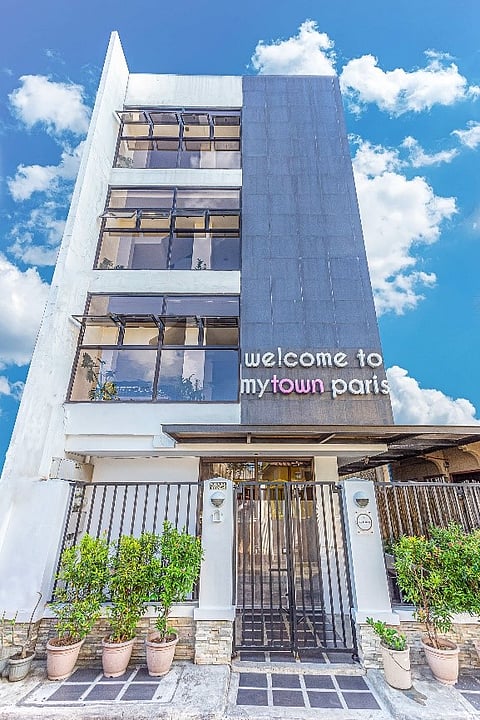
- NEWS
- the EDIT
- COMMENTARY
- BUSINESS
- LIFE
- SHOW
- ACTION
- GLOBAL GOALS
- SNAPS
- DYARYO TIRADA
- MORE

Metro Manila’s infamous traffic congestion is more than just a daily inconvenience—it’s a crisis affecting productivity, well-being, and the economy. According to the TomTom Traffic Index, the city ranks as the most congested metro area in the world, with an average commuter spending 25 minutes and 30 seconds to traverse just 10 kilometers. In 2023, this gridlock resulted in the loss of up to 117 hours per commuter annually, equivalent to nearly five days stuck in traffic.
The economic toll is staggering, with a JICA study estimating daily losses of ₱3.5 billion, or a whopping ₱1.27 trillion annually. Amid this chaos, the Management Association of the Philippines has even suggested declaring a state of calamity for the city.
For urban workers, especially those commuting to central business districts like Makati and Bonifacio Global City (BGC), the time and resources wasted in traffic have made the concept of living closer to work increasingly appealing.
Enter MyTown, a network of 14 strategically located dormitories near BGC and Makati, offering a practical solution to the urban gridlock. MyTown’s CEO, Jogee Arellano, highlights the growing value of the "live-where-you-work" lifestyle.
“The cost of commuting to work has become quite expensive. If one considers time as money, the loss is felt not just in the pocket but in overall well-being,” says Arellano. “These days, a two-hour commute during rush hour is almost normal, even for people living in nearby cities within Metro Manila. In this scenario, living near your workplace truly becomes a viable option.
MyTown embodies the urban development philosophy of the 15-Minute City, where essential services and amenities are accessible within a 15-minute radius—often by walking. Residents can reach offices, malls, and leisure establishments with ease, saving time and reducing stress.
A recent survey among MyTown residents revealed that nearly half prefer walking as their primary mode of transport. Others opt for motorcycles, public transit, e-scooters, or bicycles. Commutes are brief, with 36% reporting a travel time of just 10–15 minutes, and 17% saying it takes less than 10 minutes.
“Overall, MyTown residents put into practice and appreciate the benefits of the 15-minute city lifestyle. It contributes to their productivity and well-being,” Arellano shares.
Scaling the Vision: SM’s Integrated Lifestyle Cities
The 15-minute city aligns seamlessly with SM’s vision of Integrated Lifestyle Cities, as seen in developments like the Mall of Asia complex and SM Clark. These hubs combine residential, commercial, and recreational spaces, with SM malls serving as modern community centers.
By integrating offices, condominiums, MICE (Meetings, Incentives, Conferences, and Exhibitions) facilities, and schools like National University within walkable distances, SM creates environments that prioritize convenience, sustainability, and community living.
With Metro Manila’s traffic congestion showing no signs of easing, concepts like the 15-Minute City are not just solutions—they’re necessities. By rethinking urban living, MyTown and SM are paving the way for a smarter, more sustainable future, where time lost to traffic is replaced with time spent living.
